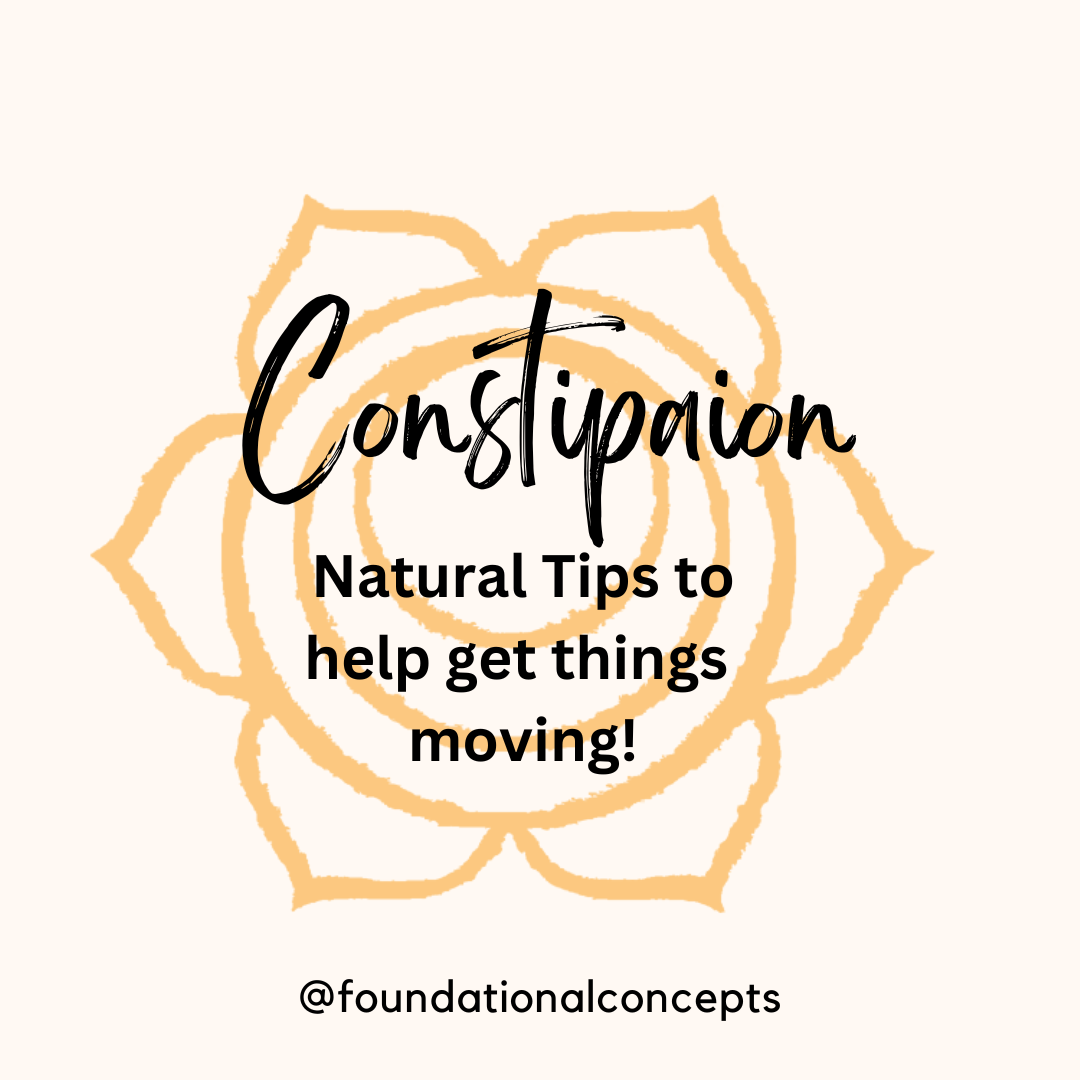Nutrition plays such an important role in our pregnancies and post-partum periods. Breastfeeding requires time…

You Have to Work For It
A common question I receive from people I’m not yet treating is, “Why can’t you just give me some exercises that will help my… (leaky bladder, bladder pain, hip pain, pelvic pain, prolapse)? My answer is always that I can’t know what to give you unless I examine you individually. I get it – we all want a quick, easy answer that doesn’t cost us anything. Unfortunately, that doesn’t work when it comes to wellness. You have to work for it and you have to have someone who can guide you individually to your goals.
A new study from Vandyken et al. gave me some backup in the, “I have to see you to know what’s going on” realm. They found there was no way to predict if patients had weakness vs. tension in the pelvic floor based on symptoms. YEEEESSSSSSSS. I don’t want to say I told you so, but I TOLD YOU SO. They looked at 85 women with low back pain. Of these women, 71% had too much tension in the pelvic floor muscles, 66% had weakness of the pelvic floor, and 41% demonstrated prolapse. Most providers assume that with low back pain, weakness is the primary issue. And we lead in with strengthening as the answer. That type of assumption would be very bad for treating an overactive pelvic floor.
A muscle that is overactive does not respond well to more strengthening. In fact this approach would quickly create more issues, worsening pain, incontinence and prolapse. So, when I say I just need to see you, the research supports what I am saying! You know what happens when we assume…. let’s not do that.
In order to improve symptoms of pain, incontinence, prolapse, urgency, frequency or bowel dysfunction. You need a pelvic specialist to examine you, look at not only your pelvic floor but also your WHOLE BODY to determine what is going on with you, and how to best proceed with restoring balance and reducing pain.
So my friends who just want that quick tip, here you go: do 10 minutes daily of diaphragmatic breathing, and make an appointment with a pelvic floor specialist. It is worth your time and your money and in the long run will save you from treatment and trials that aren’t going to help. Don’t just assume you are weak or that generic exercises “for low back pain” or “for pelvic floor” will do the trick. Give us 6 weeks, that is usually what it takes to see progress and improve dysfunction.



